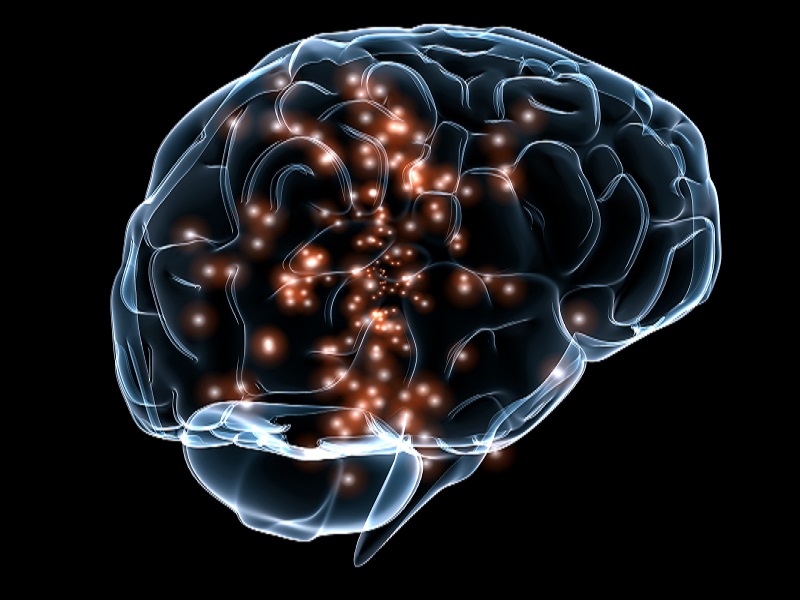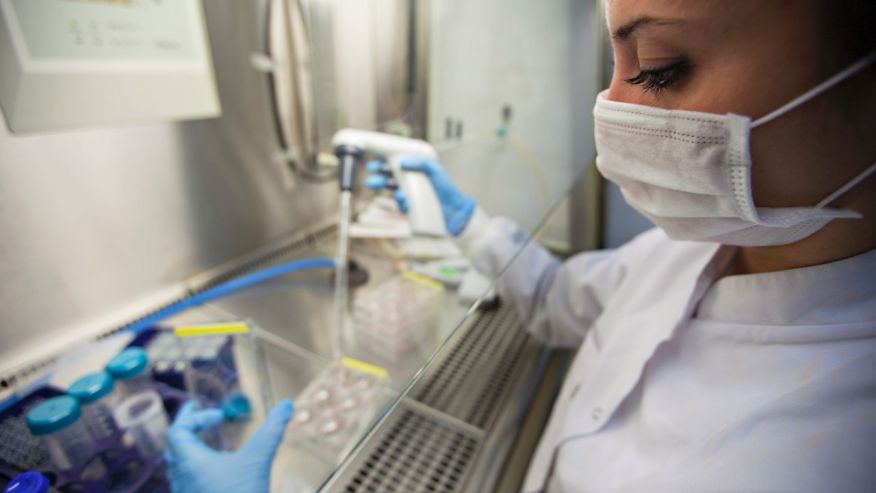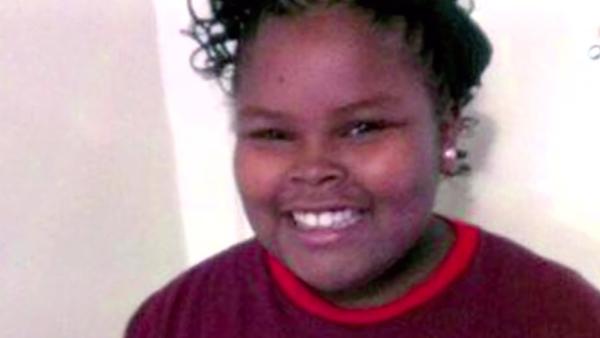Scientists discover new way of overcoming human stem cell rejection

Human embryonic stem cells have the capacity to differentiate into a variety of cell types, making them a valuable source of transplantable tissue for the treatment of numerous diseases, such as Parkinson’s disease and diabetes.
But there’s one major issue: Embryonic stem cells are often rejected by the human immune system.
Now, researchers from the University of California San Diego may have found an effective way to prevent this rejection in humans. Utilizing a novel humanized mouse model, the scientists have revealed a unique combination of immune suppressing molecules that stop the immune system from attacking the injected stem cells – without shutting the system down completely.
This discovery could ultimately help resolve some of the major problems currently limiting the use of embryonic stem cells for certain conditions, paving the way for the development of more effective human stem cell therapies.
“This is a generic way of immune suppression, so it could potentially be applied not just for stem cells therapies, but for organ transplants as well,” Yang Xu, a professor of biology at UC San Diego and lead author of the study, told FoxNews.com. “It can be very broad.”
Embryonic stem cells are different from the other cells in a patient’s body, making them “allogenic.” This means the immune system will recognize them as foreign agents and attack them.
One way of overcoming this rejection problem is to give patients immunosuppressant drugs, which suppress the entire immune system. While short term use of immunosuppressants has been successful for many organ transplants, embryonic stem cell therapies for chronic diseases require long term use of these drugs – which can often be very toxic and increase the risk of cancer.
“In order for the patient to really use this therapy, they have to decide: Do they want a lifelong use of immunosuppressant drugs, or are they willing to live with the symptoms of their disease,” Xu said.
Source: news.nom



















